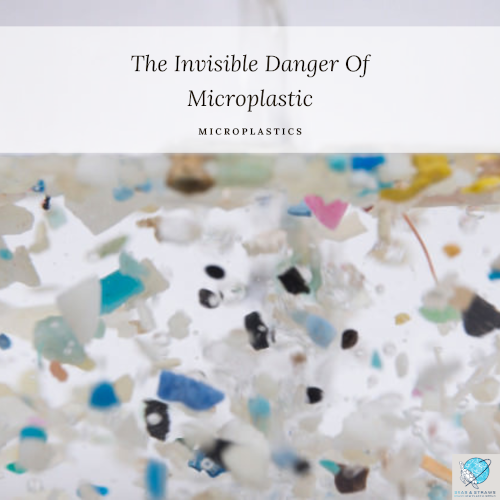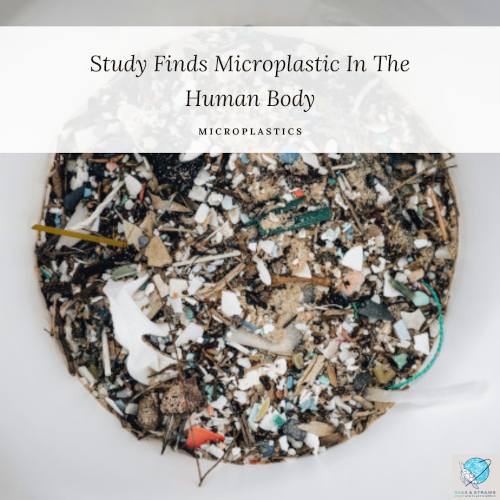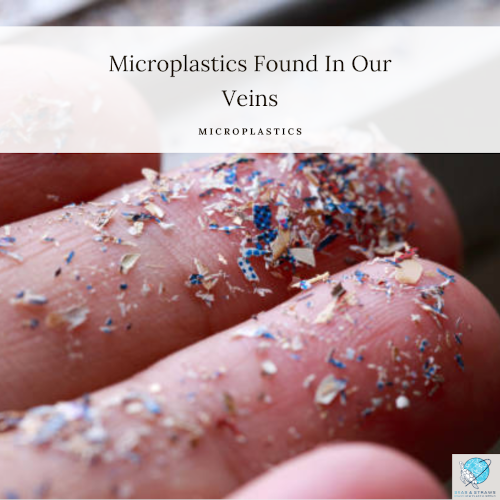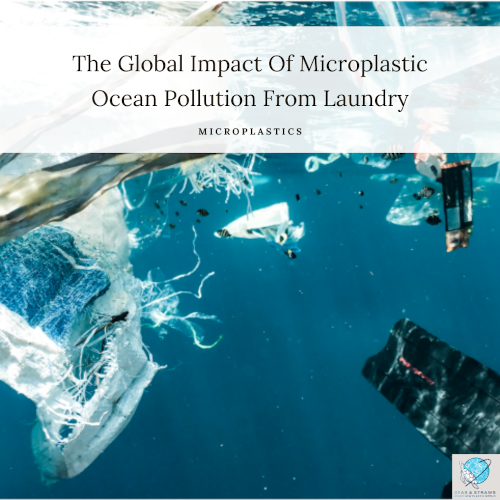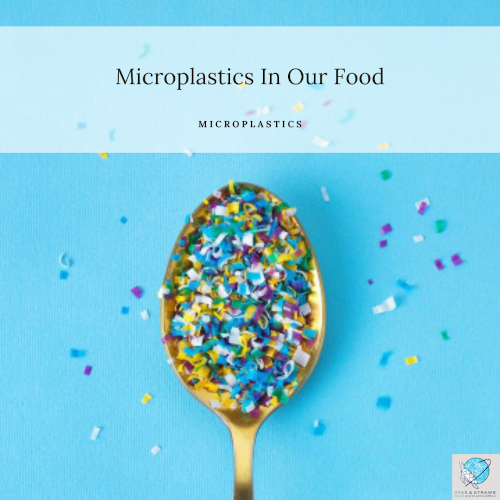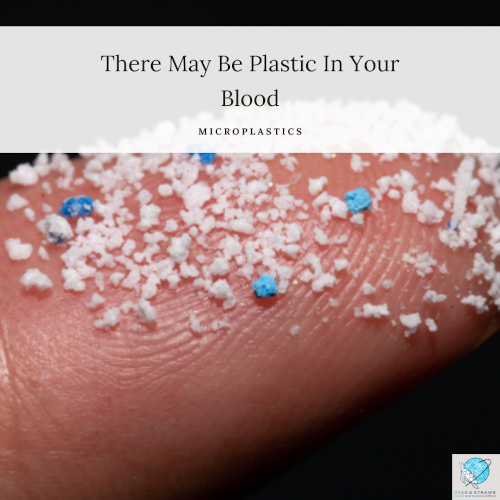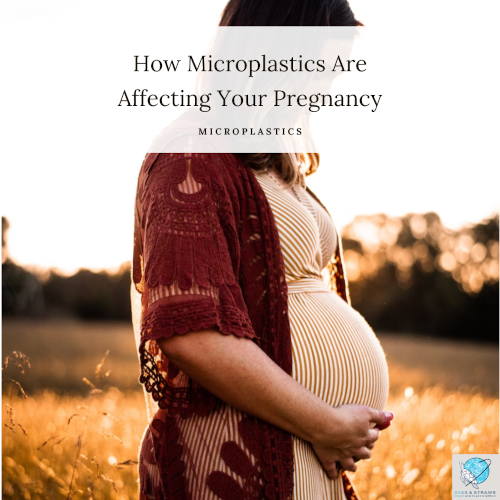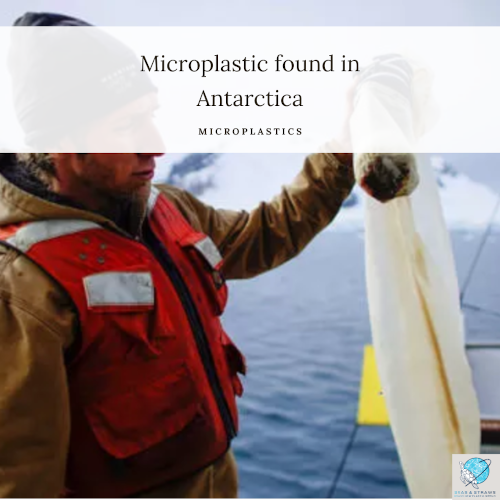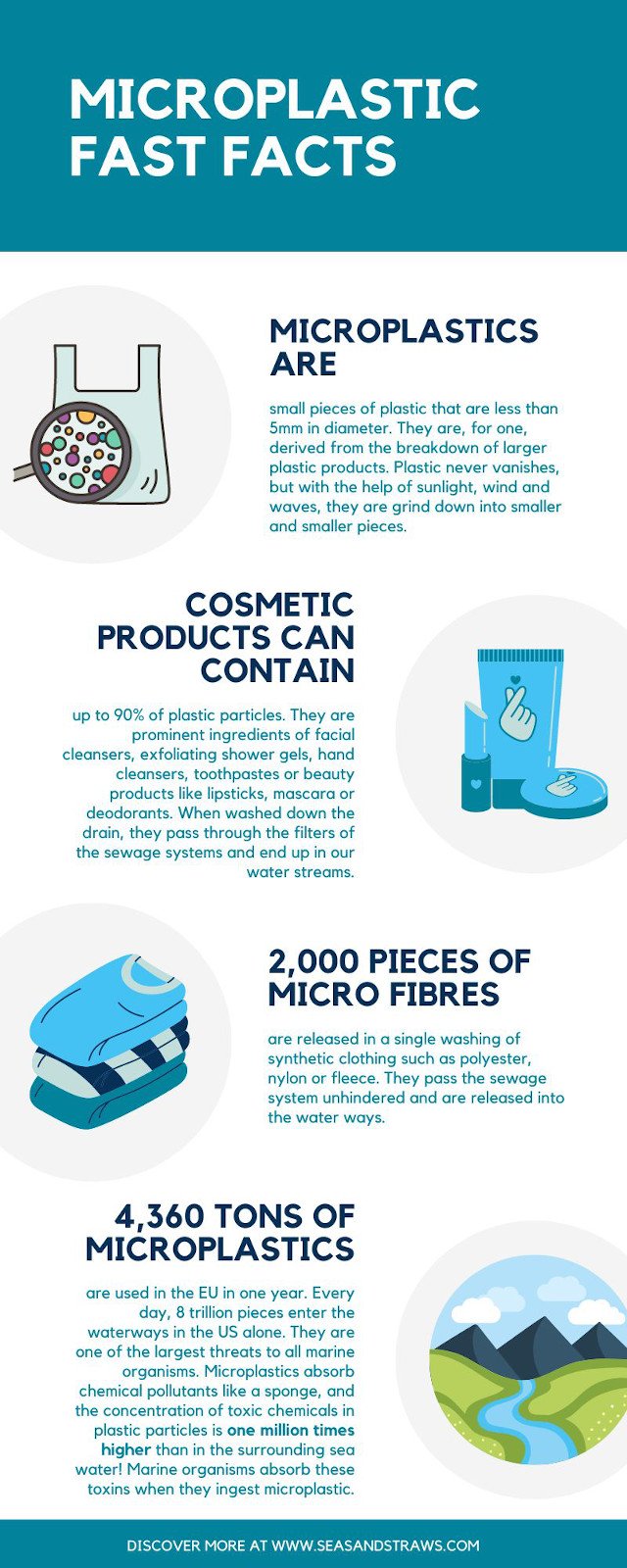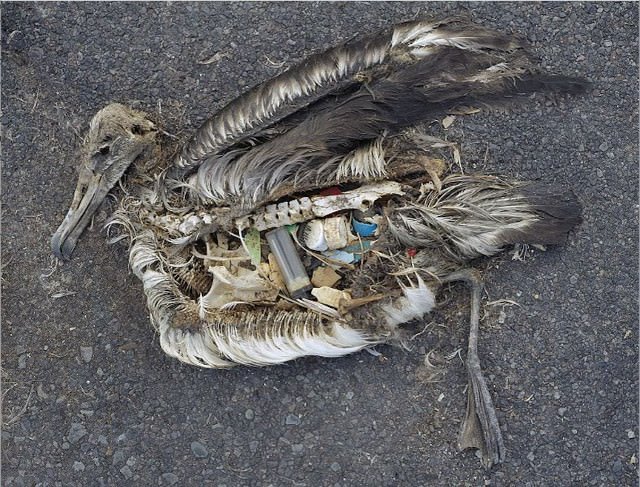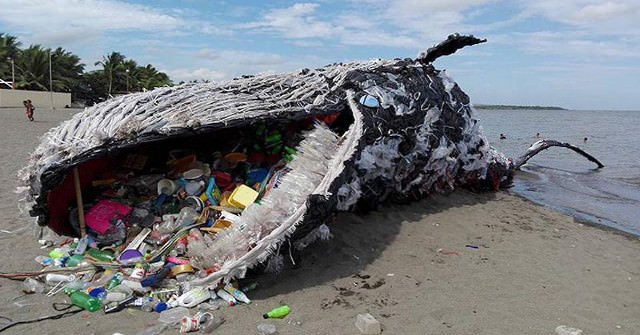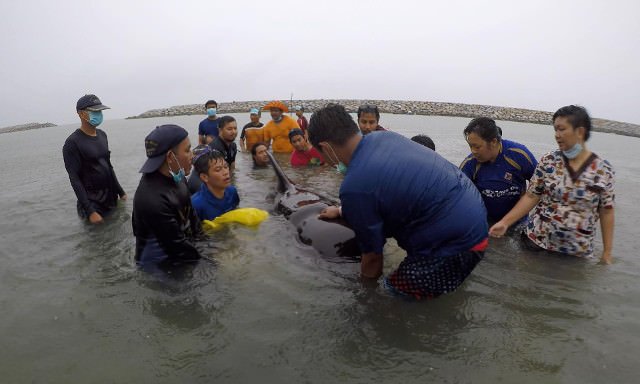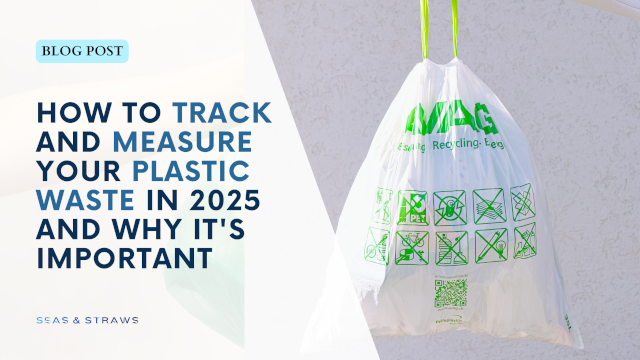- Home
- Plastic at Home
- Plastic Recycling Codes
- Microplastics
Microplastics - All You Need To Know
Microplastics are one of the biggest threats to all living organisms, but at the same time one of the most unknown - and most underestimated. Many people are not even aware of how many microscopic plastic particles they inhale every day or ingest with their drink and food. Microplastics are everywhere. In the air, in all water bodies of the earth (even in the most remote planes of Antarctica), in the rain, in the soil, in the plants and animals we eat. Meanwhile, there are more and more studies that find these particles even in our stool, lungs and blood vessels. Pregnant women pass them on to their babies. This is quite alarming, because microplastics have a huge impact on all living things on earth. They alter hormonal balance and the reproductive organs, and the toxic chemical ingredients accumulate in cells and along the food chain, ultimately ending up on our plates.
But what is microplastic anyway? How does it get into our food? How does it end up in the air and oceans? And above all, why is it so dangerous for us?
Because of the importance and urgency of this problem, I have dedicated an entire column to this topic, in which I get to the bottom of all these questions. I share with you the latest studies and findings and explain what you can do to avoid microplastics as much as possible. It is essential to make people aware of the dangers of microplastics.
Click on the headline or the picture to read the article.
get the facts!
Want to arm yourself with more facts? Save or download this handy summary of the article above. You can share it freely, I just ask that you credit Seas & Straws.
Download the fact sheet (pDF)
Click here to download your fact sheet on microplastic.
